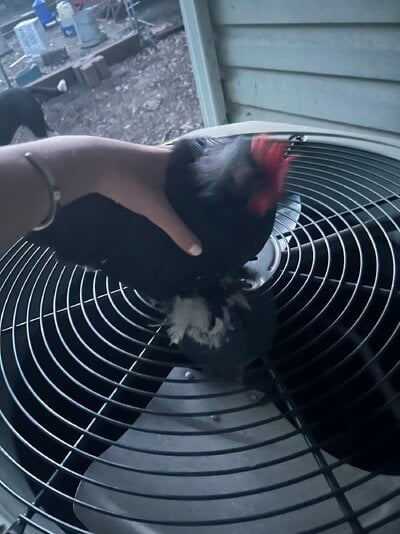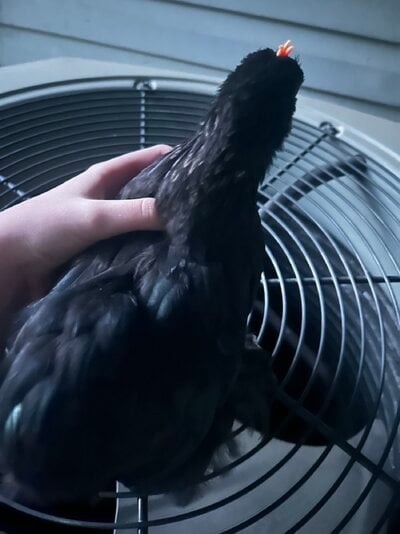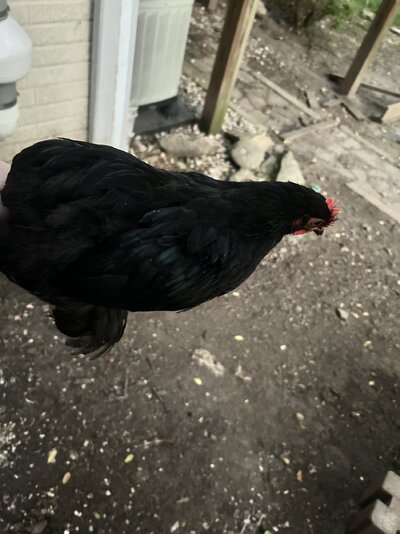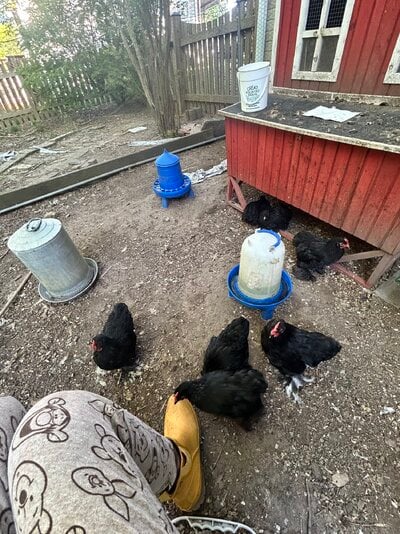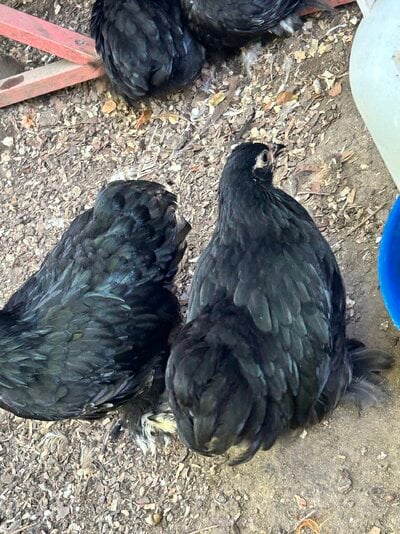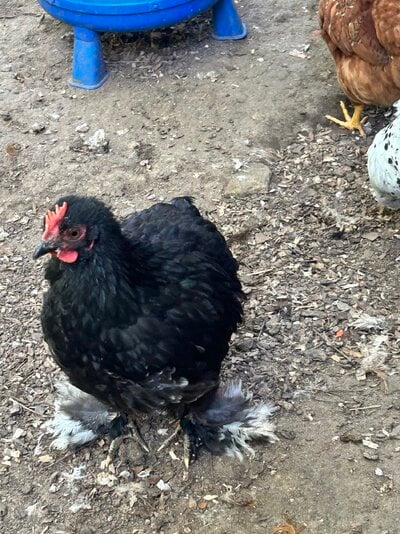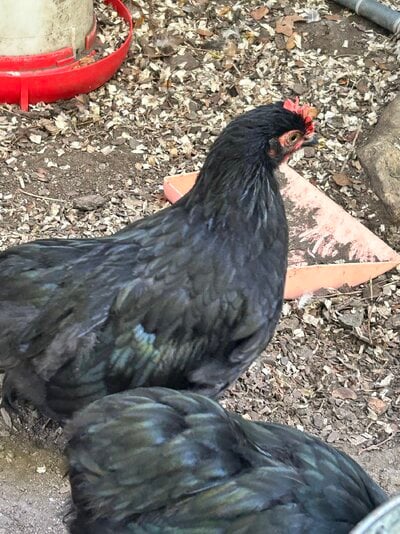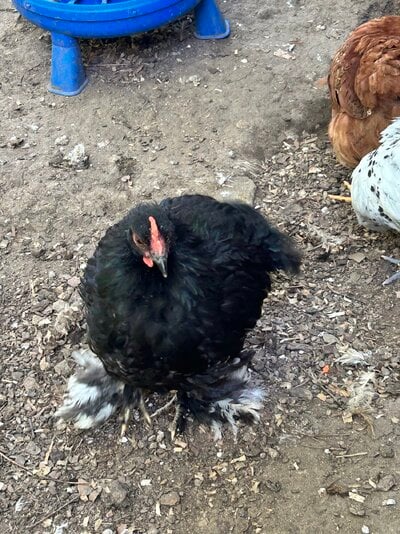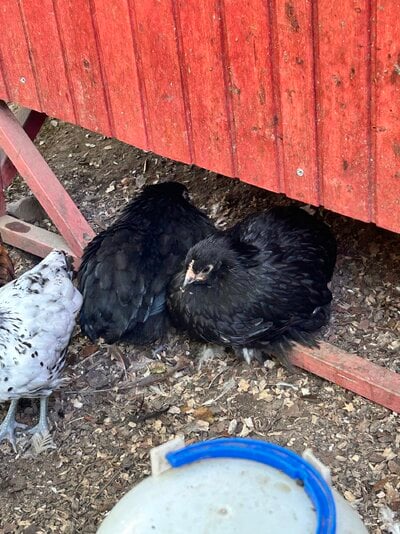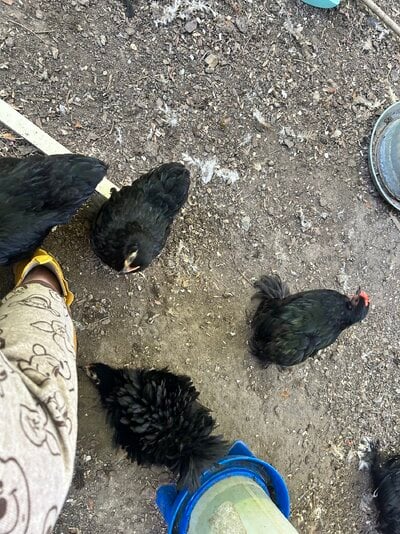Party_Chicken
Crowing
I have 8 black bantam Cochins 4 cockerels and 4 pullets. I intend on breeding them to the SOP but some of them carry some pretty interesting genes. There father was a black silked cochin roo there mothers were a mottled Cochin bantam and what I assume is a frizzed calico Cochin. (I’ll attach pics below). I plan on breeding them to the black color so the ones that inherited some mottling shouldn’t be breed correct? I have two cockerels with some white feathers on the feet and there chest one that’s mostly black but he has some brown leakage and a leg issue. My last cockerel is an all black one so I’m most likely going to keep him. I have one black frizzle pullet that I want to keep so I can breed that gene. My three other pullets are hard to tell apart so depending on how they place in my local fair is how I will decide who to keep. I do also want to breed the silked gene that there father had I know someone on here breeds silked Cochins I don’t exactly remember who though but if they see this any advice they have would be greatly appreciated! And the lighting is not ideal right now I got three pictures before it got dark I’ll get the rest tomorrow. Apologies if there blurry they wouldn’t stay still
Edit did some research and saw that @pipdzipdnreadytogo was the one who breeds the silked Cochins
Edit did some research and saw that @pipdzipdnreadytogo was the one who breeds the silked Cochins
Attachments
Last edited:

